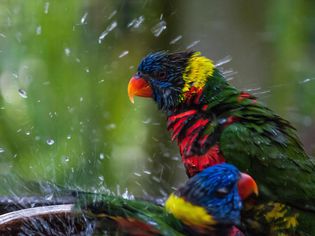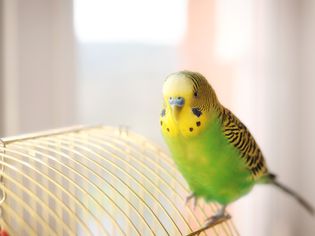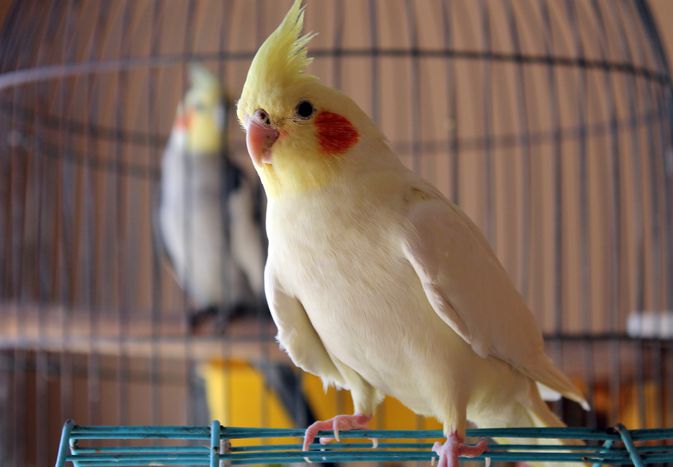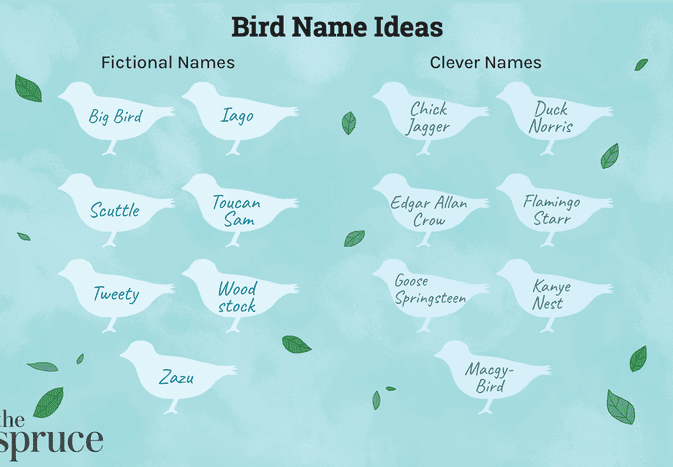The Problem With Sand and Concrete Bird Perches
It's easy for new bird owners to become a little bit disoriented when it's time to shop for their new pet—there are thousands of different bird products on the market! Unfortunately, not all products are as effective as they claim to be, and some, including concrete and sand-covered perches, can even be harmful to your pet's health and well-being.
Many pet shops sell sand and concrete perches and claim that they will help keep your bird's nails neat and short so that you can avoid having to endure a nail trim while that might sound like a pleasant idea, the rough, scratchy surfaces of those perches can do real damage to your feathered friend's feet.
Sand and concrete perches can cause painful abrasions on the underside of your bird's feet and toes. To add to the problem, bacteria and debris from the perch can be introduced to those wounds every time your bird perches, causing a constant threat of infection.
How Concrete and Sand Perches Hurt Pet Birds
In addition to scraping birds' claws, concrete and sand perches can hurt avian pets in several other ways, including causing a great deal of discomfort and stress.
Concrete and sand-covered perches are unpleasant for birds to stand on because they are cold and are hard, unforgiving surfaces. Wet concrete that hasn't been cured properly can burn their feet because one of its ingredients, lime, is highly inflammatory when wet.
The shape of the perches can also be an issue. Many concrete and sand perches are straight and do not vary in width, which can cause stress to the delicate bones in your bird's feet and lead to pressure sores if sitting on these perches daily for long hours.
Pet birds need to be supplied with perches of varying widths and textures to maintain normal foot health. Make sure you have at least two to four different types and widths of perches to allow your bird a more natural habitat.
Perches You Should Get Your Bird
As far as perches go, the best thing you can do for your bird is to skip the concrete and sand and opt for a natural wood perch, like Manzanita—not only do these perches feel great on your bird's feet, they're safe to chew on and provide beaks a bit of exercise as well.
Recommended types include hardwood, rope swings, dowels, clean tree branches in various shapes and sizes, and natural branches, depending on the species. However, many avian veterinarians agree that concrete and sand perches are fine to include in your pet bird's environment just as long as there are also several alternatives available as well.
While it's unfortunate that other varieties don't wear a bird's nails down, you can always seek the help of a qualified avian vet for those pesky nail trims—your pet will be much healthier and happier for it. Still, if you include concrete as well as other types of perches, your bird might naturally use the harder surfaces for nail maintenance and the others for more comfortable seating.
RECOMMENDED NEWS

Causes of Regurgitation in Birds
It's a scenario that is all too familiar for some pet bird owners—you are sitting with your bir...

Double Yellow-Headed Amazon Parrot: Bird Species Profile
This medium-sized parrot with the lengthy name is one of the most popular pet species of the Amazon...

How to Give Your Pet Bird a Bath
New bird owners often have questions about the proper ways to bathe their birds. The truth is, ther...

How to Translate Your Bird's Age Into Human Years
A bird's lifespan depends on the species since avian life expectancies widely vary, with large bird...

Things to Consider Before Getting a Pet Bird
Estimates say that more than 5 million households in the U.S. have pet birds. Birds come in an amaz...

355 Bird Names For Your Feathered Friend
Bird names for your feathered pets vary depending on their personality, traits, and characteristics...
Comments on "The Problem With Sand and Concrete Bird Perches" :